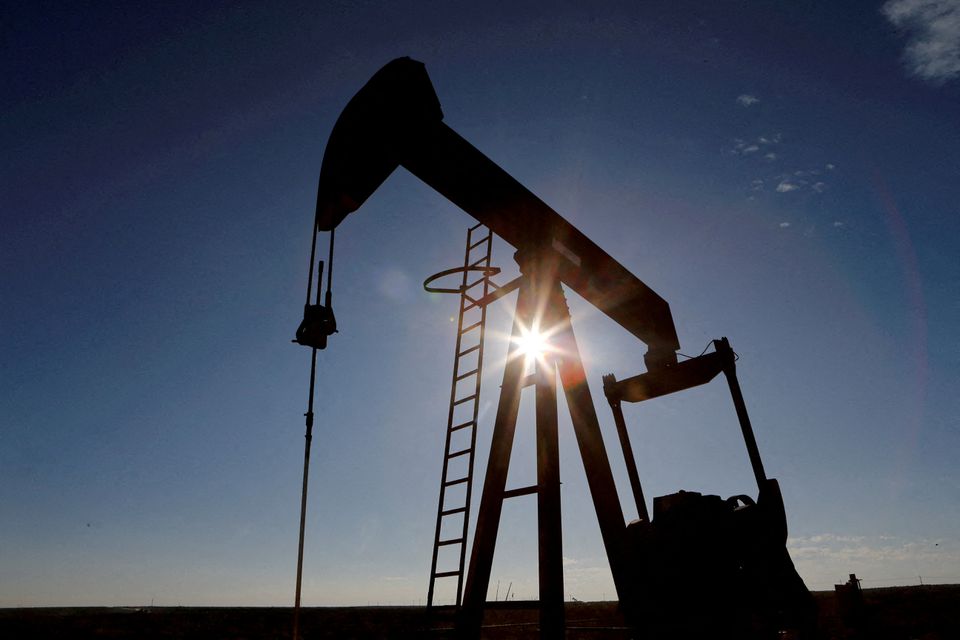Brent crude futures was at $95.65 a barrel by 0742 GMT, up $1.21, or 1.3%, after earlier hitting a peak of $96.16, the highest since October 2014.
U.S. West Texas Intermediate (WTI) crude rose $1.28, or 1.4%, to $94.38 a barrel, hovering near a session-high of $94.94, the loftiest since September 2014.
Comments from the United States about an imminent attack by Russia on Ukraine have rattled global financial markets.
Russia could invade Ukraine at any time and might create a surprise pretext for an attack, the United States claimed on Sunday.
Over the last few months, the US and UK have been accusing Russia of planning to invade Ukraine, which Moscow has vehemently denied, dismissing the allegations as “fake news”. Ukraine has also urged Western media and politicians who are warning of an “imminent” invasion to stop fueling panic.
“If … troop movement happens, Brent crude won’t have any trouble rallying above the $100 level,” OANDA analyst Edward Moya said in a note.
“Oil prices will remain extremely volatile and sensitive to incremental updates regarding the Ukraine situation,” Moya added.
The tensions come as the Organization of the Petroleum Exporting Countries (OPEC) and its allies, a group known as OPEC+, struggle to ramp up output despite monthly pledges to increase production by 400,000 barrels per day (bpd) until March.
While geopolitical tensions help add to the bullish view, this oil supercycle is fundamentally driven, RBC Capital analysts stated.
“We see upside visibility for prices to touch or flirt with $115/bbl or higher this summer,” said analyst Mike Tran in a note.
The International Energy Agency said the gap between OPEC+ output and its target widened to 900,000 bpd in January, while JP Morgan announced the gap for OPEC alone was at 1.2 million bpd.
“We note signs of strain across the group: seven members of OPEC-10 failed to meet quota increases in the month, with the largest shortfall exhibited by Iraq,” JP Morgan analysts said in a Feb. 11 note.
The bank added that a supercycle is in full swing with “oil prices likely to overshoot to $125 a barrel on widening spare capacity risk premium”.
Investors are also watching talks between the United States and Iran to revive the 2015 nuclear deal.
Iran’s foreign ministry spokesman stated on Monday during a news conference in Tehran that the talks have not reached a dead end, even though a senior Iranian security official noted earlier that progress in talks was becoming “more difficult”.
In the United States, the robust oil prices are encouraging energy firms to ramp up output as they added the most oil rigs in four years last week, energy services firm Baker Hughes Co announced on Friday.
